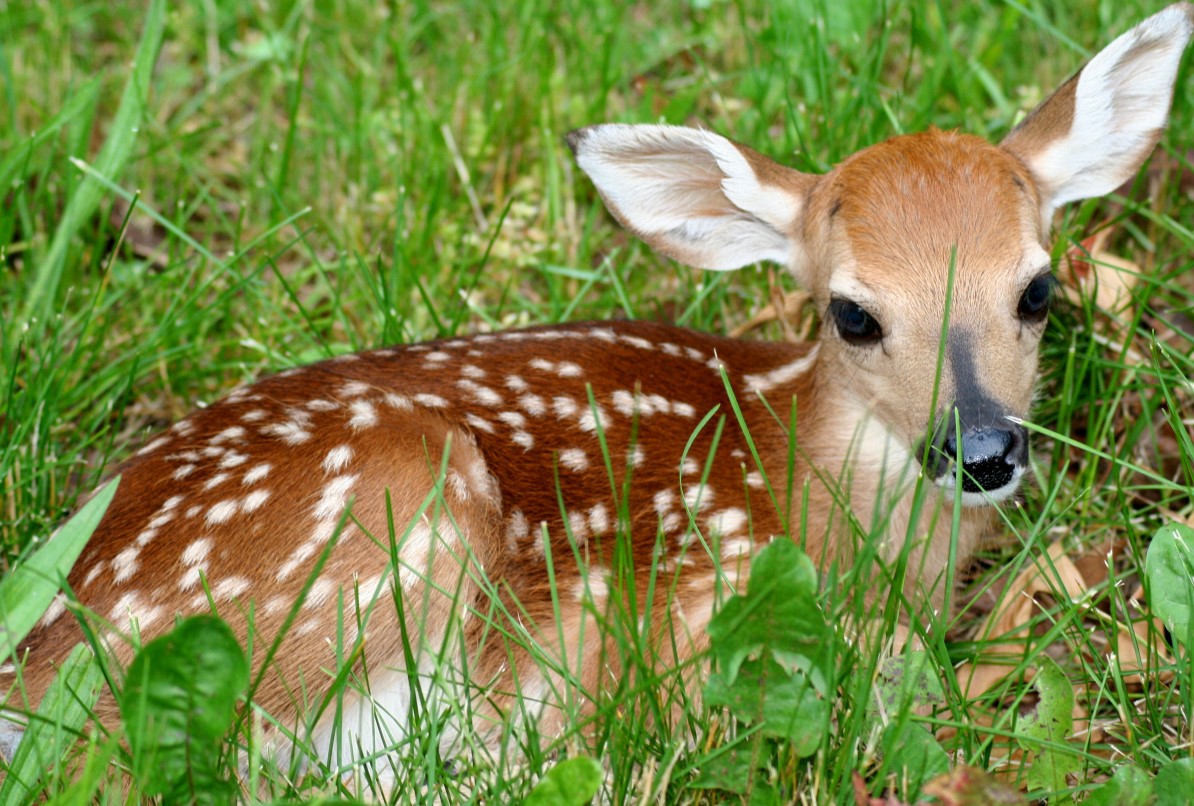Springtime in Oklahoma is when nature begins to renew itself from the winter. There’s lots of new life and new growth.
Unfortunately, though, well-meaning people want to “rescue” newborn and young animals that appear to be abandoned, unintentionally interrupting nature’s balance.
The Oklahoma Department of Wildlife Conservation urges citizens to resist the urge to do this. People who may see a hatchling bird or a young fawn are urged to move away from the area.
If you find newborn wildlife while in your yard or in the woods that appears to be alone, chances are an adult animal is nearby and is simply waiting for you to move along so they can take care of their young. It is common for fawns to remain in a safe place while does feed nearby, and interfering with that always causes more harm than good. It’s also best to leave birds, young squirrels, and other wildlife alone as well. The willingness among well-meaning sportsmen and outdoor enthusiasts to want to help is a good thing, but choosing to allow nature to run its course is often the best help we can offer young wildlife.
Melinda Hickman, Oklahoma Department of Wildlife Conservation wildlife diversity biologist
It can often be more stressful on young wildlife if people interfere. Not only that, but it could also be illegal. There are laws in place in Oklahoma that protect most wildlife species, as well as prohibiting the handling, or “rescuing,” of wildlife.
